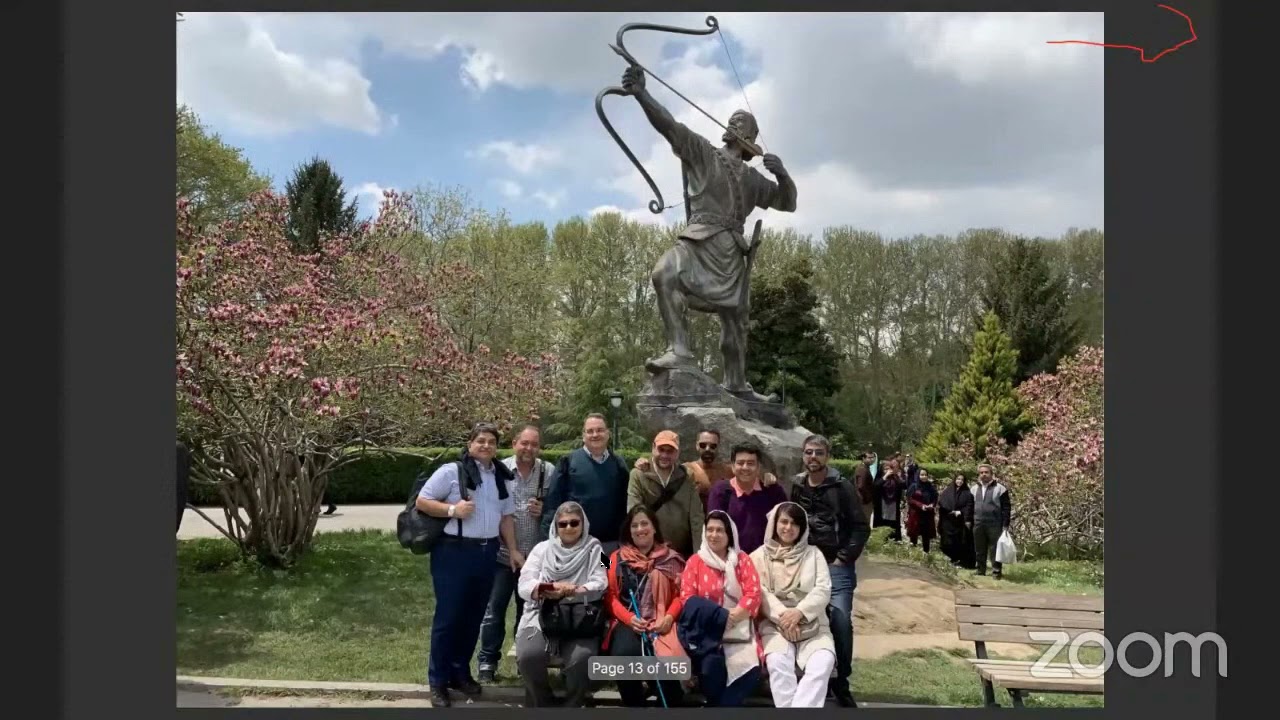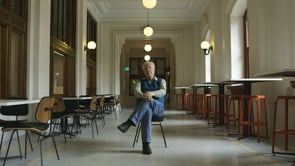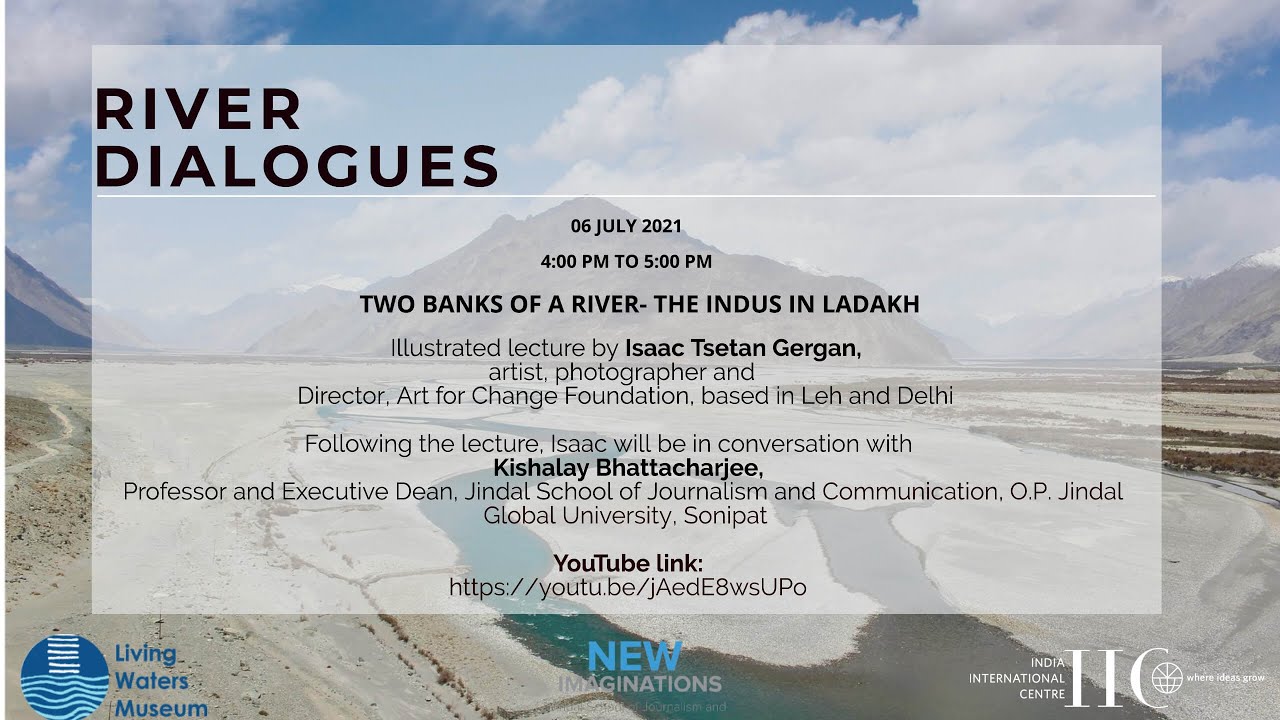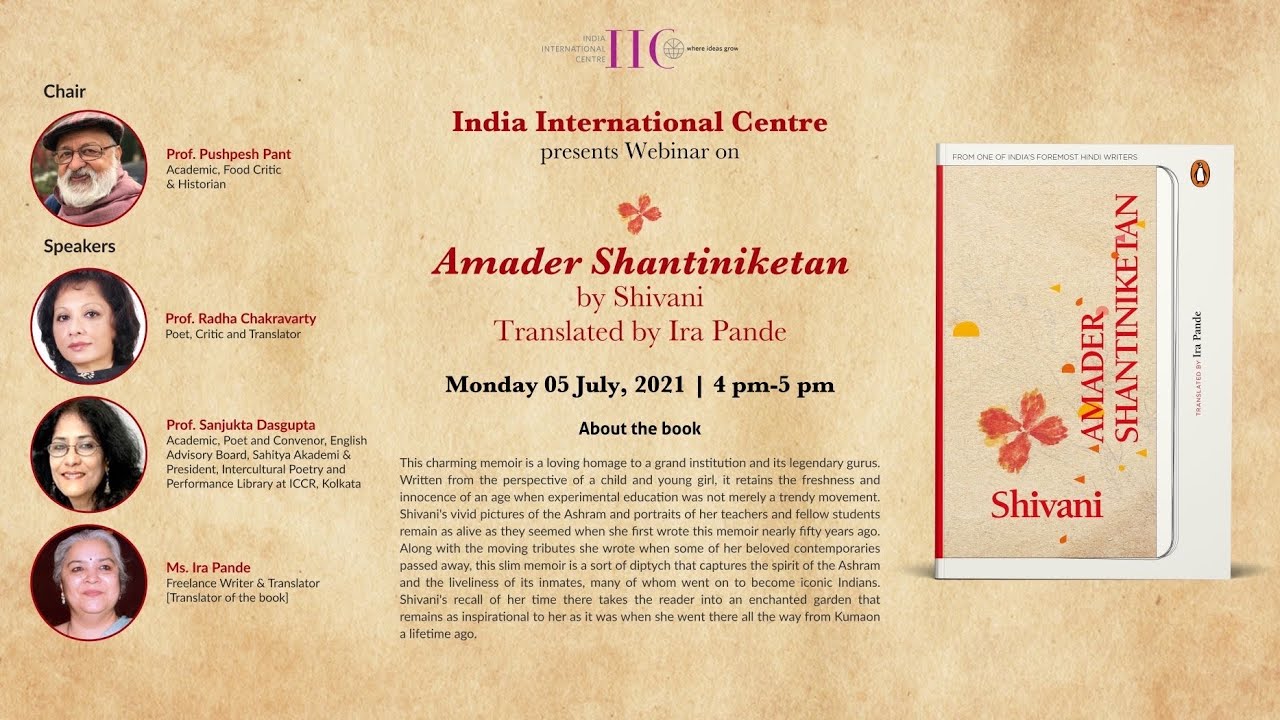Director: David Wallace
A four-part BBC series, written and presented by Michael Wood
Michael Wood retraces Alexander the Great’s amazing journey from Greece to India, searching for the truth behind the legend and experiencing the tremendous scale of his achievements.
Using the ancient historians as his guides, Wood follows Alexander’s journey as closely as possible, crossing deserts and rivers, from Turkey to war-torn Afghanistan. As the journey progresses, he recreates the drama of Alexanders epic marches and bloody battles. All along the way he finds proof of the survival of the legends surrounding Alexander, a leader whose life has excited the world’s imagination for the 2,000 years.
Episode III: Across the Hindu Kush (60 min) ( Click here to watch )
Following Alexander’s route Michael Wood treks over the Khawak pass in Afghanistan, crosses the Oxus river and follows the golden road to Samarkand. He continues to Alexandria the Farthermost – Khodzent in Takjikistan – retraces Alexander’s famous victory at the Sogdian rock, and visits the ruins of the ancient city of Balkh with the help of an Afghan war lord.












